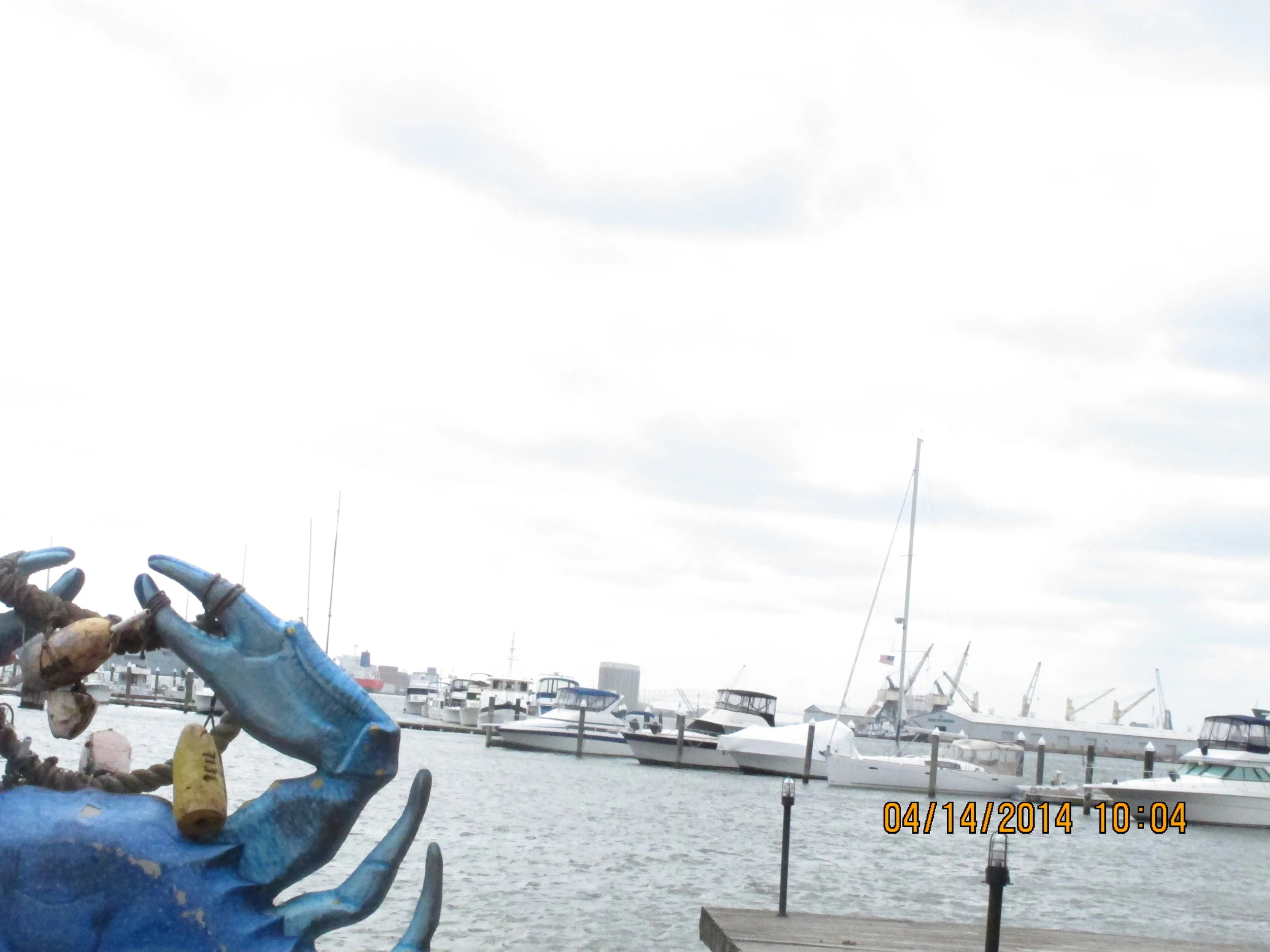What is the Sound of No Horn Honking?
/It was Halloween morning on the warmest October 31 this New Yorker could remember, and he was pedaling his bike on the path past the block-sized supermarket within the Brooklyn Navy Yard when a gleaming white minivan turned from the road into the parking lot, not pausing to let him go as drivers normally did.
Habits dig and scratch, so the New Yorker yelled “Yo!” while seizing the brakes and pausing. Inside the car was invisible, coated in sunlight. Some force crawled up from the New Yorker’s shins to his shoulders. He pointed the back of his right hand toward the car and folded four fingers toward himself, a gesture that means “go ahead.” The driver had stopped and now had to back up, but then the gleaming white minivan sailed into the parking lot.
A woman stood nearby and seemed to smile moments earlier. The New Yorker made a summary comment about the moment, free of rancor, and looked again at the woman. She had earbuds in and, if she had been smiling, was now just squinting and not looking at the spot where no collision had happened.
Communication failed: it was instinctive reaction that saved drivers and the guy on the CitiBike from a crash.
A few blocks east at the entrance to Steiner Studios, nearly the same dance occurred - and nearly the same confusion clouded our New Yorker, as he thought people would smile or wrinkle their noses or comment. They always had before.
Now they all had buds in their ears. A few couples further along the path spoke quietly as they walked in workout clothes. But for most of the ride, two miles and some change to go, one heard no noise and saw no shared glimpses.
You can rightly fret that people don’t talk to people with whom they disagree. But nest that fret in a sob that it often just seems like people don’t talk.


